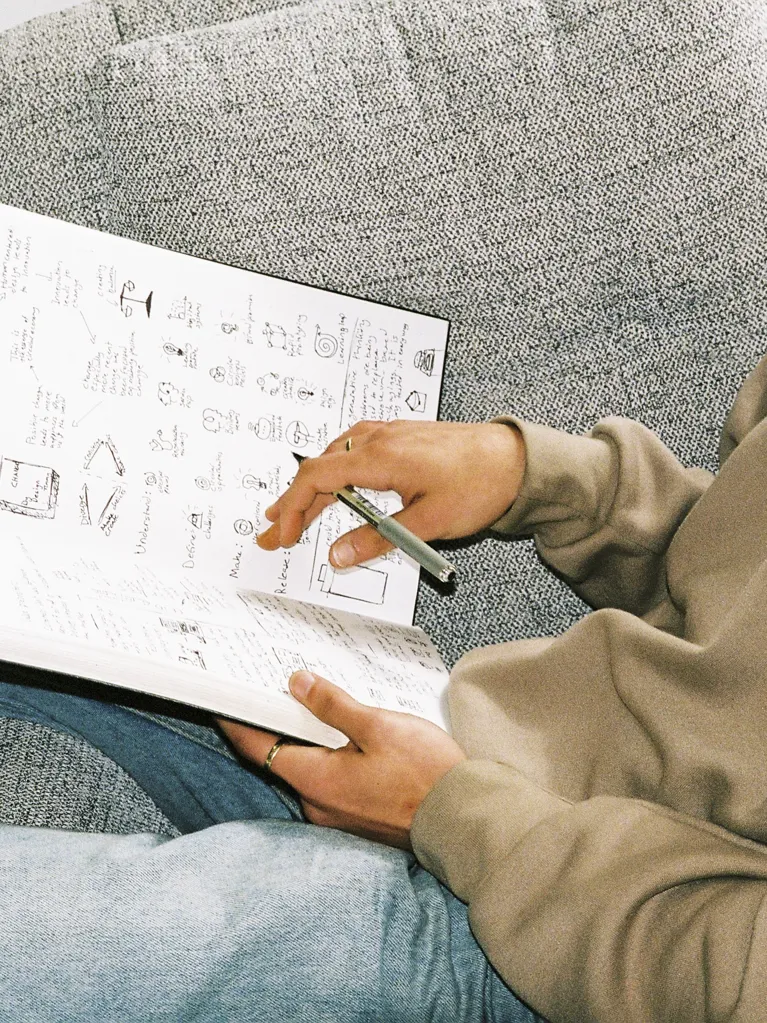Technology is moving fast and society is changing with it. If you’re passionate about all things visual and the impact design has on people and culture, this course is for you.
The Design (Visual Communication) Bachelor degree allows you to immerse yourself in the design world, develop strong visual communication skills and understand the tools you need to make it in the industry. It will give you the opportunity to build a professional portfolio of your own work, while investigating a process-based design approach and engaging with mentors from the industry on real world projects.
Learning takes place in a studio environment where small classes encourage students to come together to collaborate on projects. From initial concept through to design and delivery, you will explore different design tools and methods to graduate fully equipped to enter the industry.
Why Study Design at JMC?
Technology & Facilities
At JMC, design is our passion. Our Design (Visual Communication) classrooms are equipped with cutting-edge technology, always in sync with the latest industry standards and software advancements. From your very first day, you'll experience classes in studio-like settings, complete with an array of tools at your disposal. This includes Wacom or XP Pen graphics tablets, HTC Vive VR technology, 3D printers, and DSLR cameras, providing ample opportunities for creative experimentation and design. Additionally, we offer a complimentary Adobe Creative Cloud license for your personal computer, granting full access to Adobe's suite of applications and software, such as Photoshop, Illustrator, and After Effects.
Duration
Our standard Design (Visual Communication) program is structured for an accelerated pace, enabling you to earn an accredited Bachelor's degree in just 2 years. This allows you to enter the industry earlier gaining a potential 1-2 year advantage in earning potential and experience than your peers undertaking a traditional 3-4 year program. Additionally, we offer the flexibility of part-time study options for domestic students. International students can choose a 2-year track instead of the 2-year accelerated course, providing greater flexibility.
The Dutch Exchange
Take your passion for Design (Visual Communication) to Europe and spend an entire trimester at Fontys Academy for Creative Industries in the Netherlands. Collaborate with creative students from all over the world and build your international contacts along the way.








